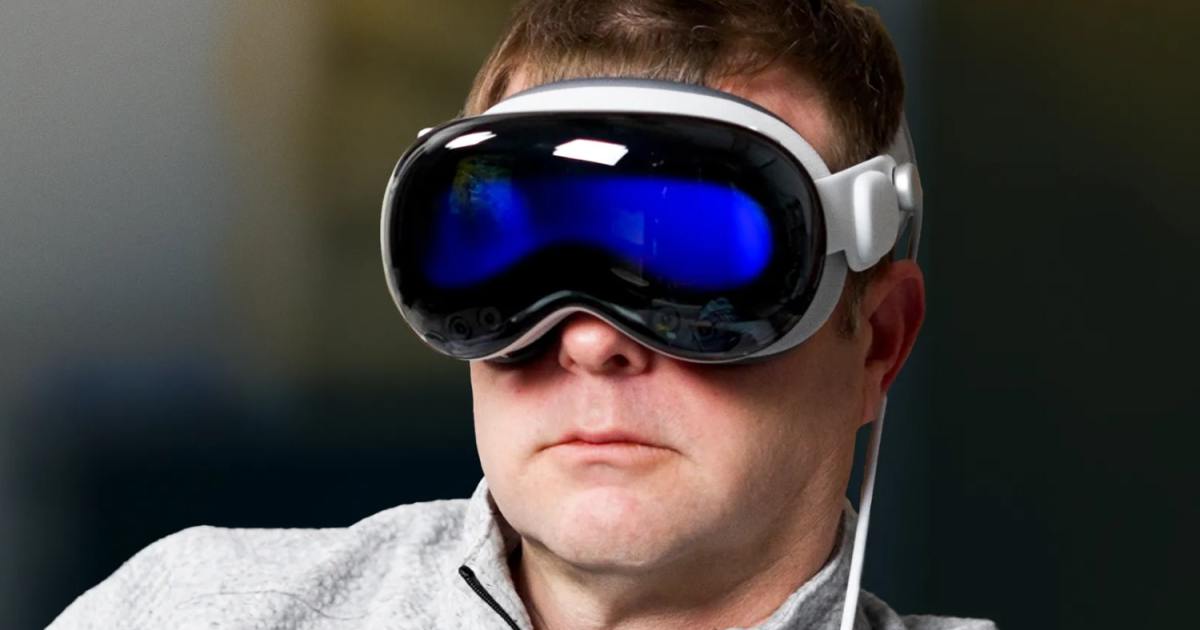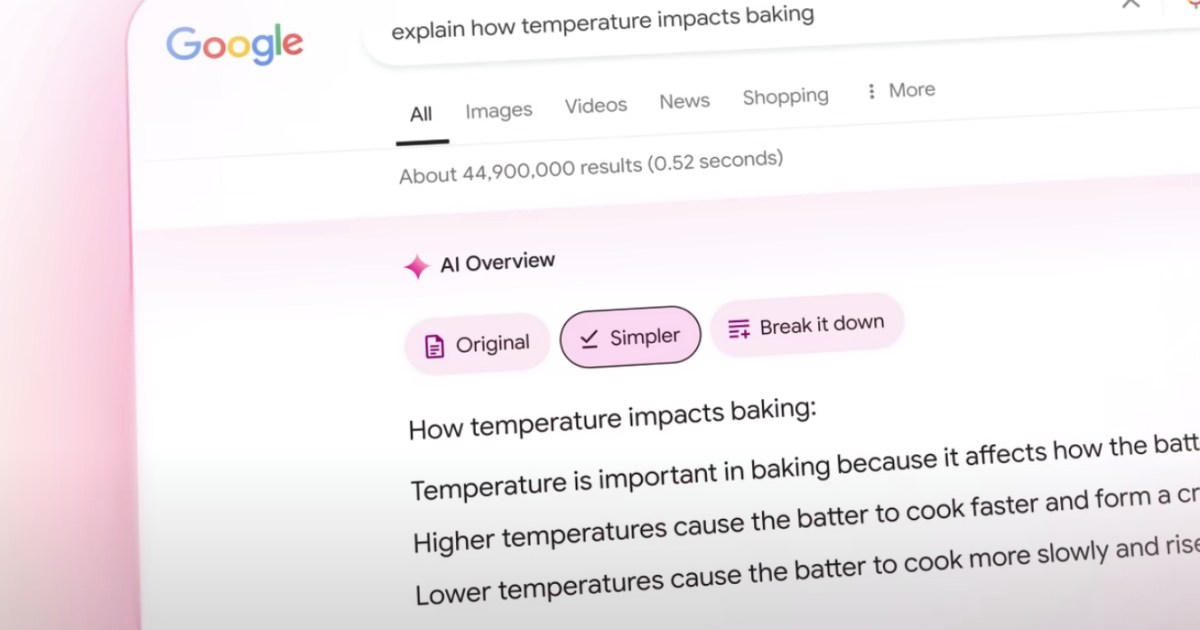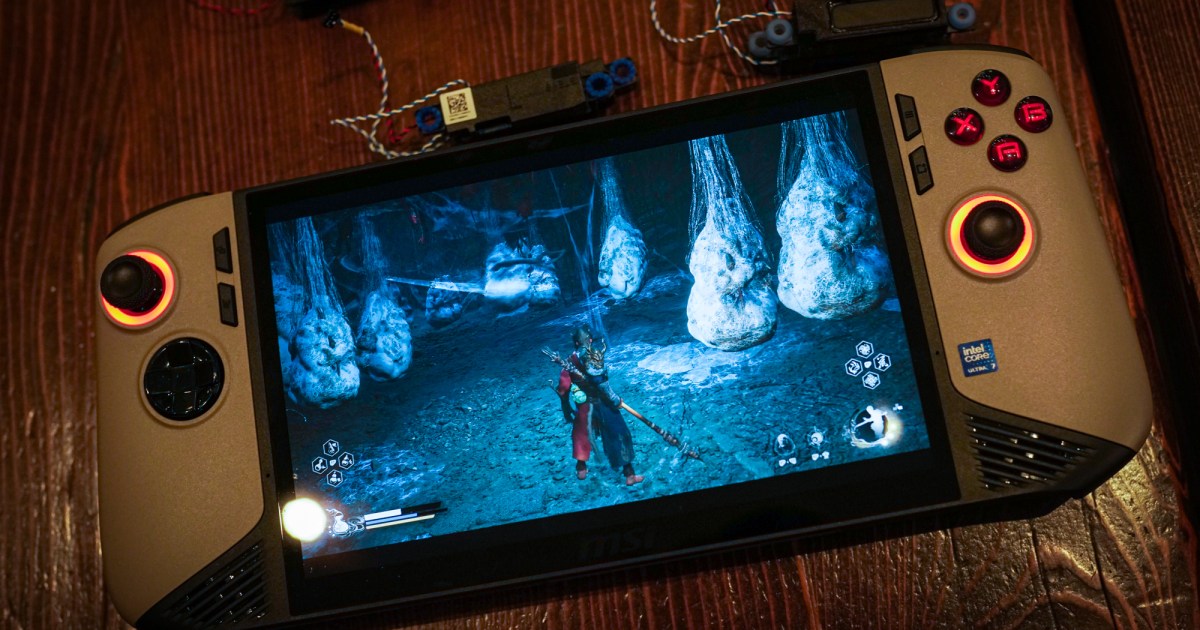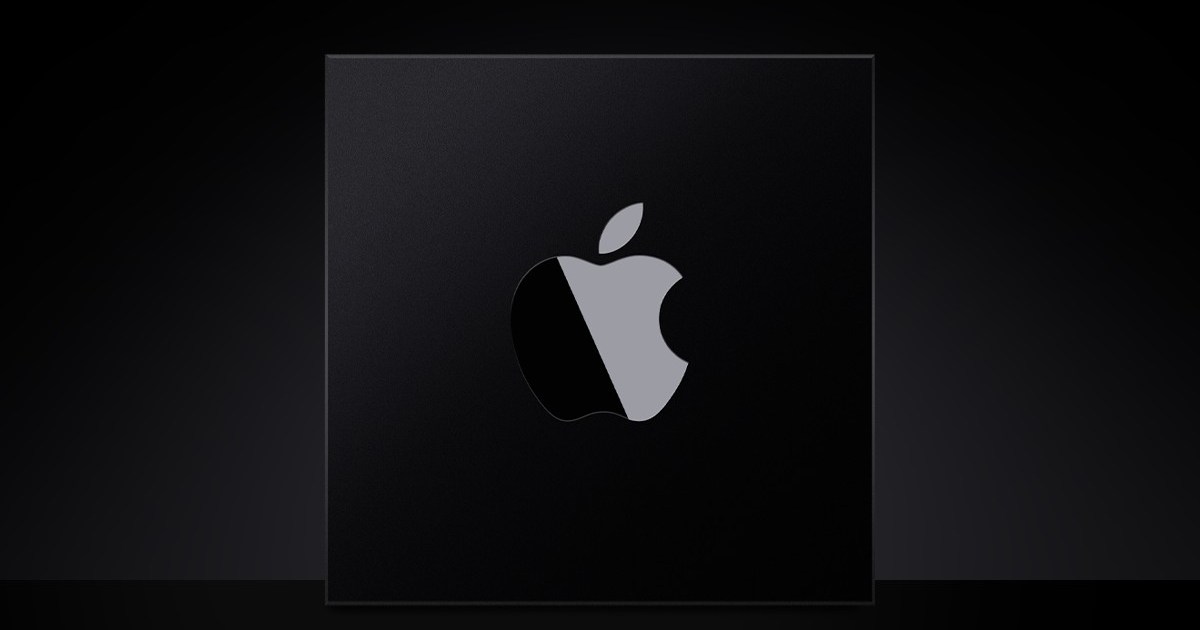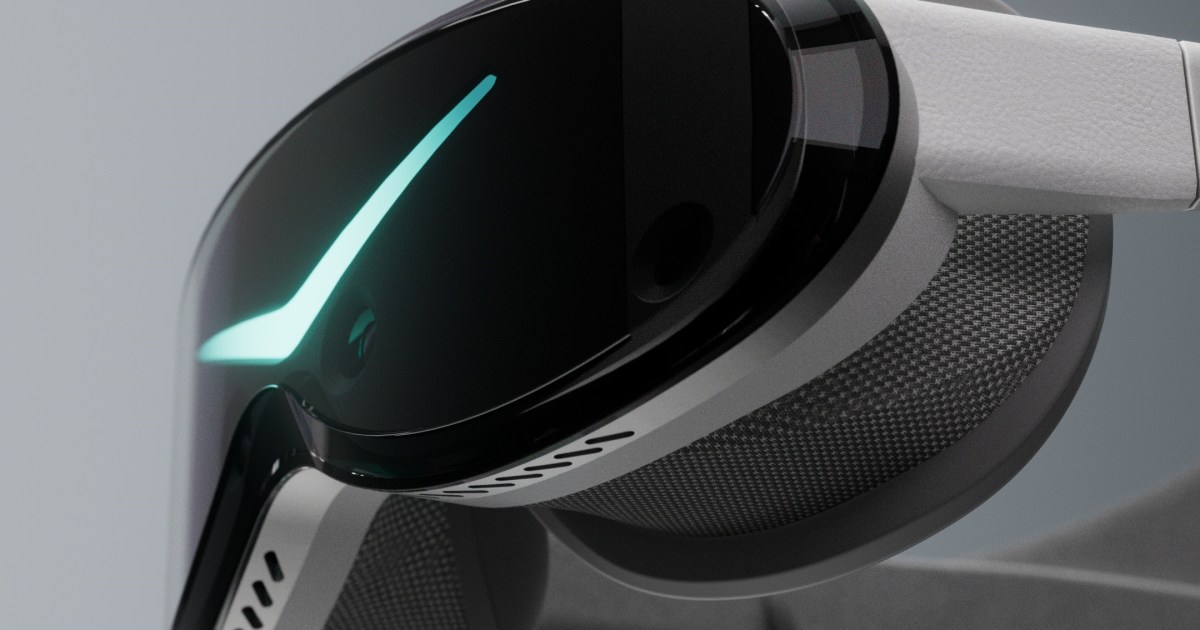Apple is reportedly planning a more budget-friendly version of its Vision Pro headset, according to a new report from analyst firm TrendForce. This move suggests a shift away from the premium micro-OLED displays used in the current Vision Pro, potentially opening the door to more affordable display technologies.
This shift could involve adopting glass-based OLED displays or utilizing LTPO backplane technology, a familiar display technology already used in Apple Watches and smartphones. This move marks a departure from Sony, the supplier of the micro-OLED screens for the original Vision Pro. The production of micro-OLED remains expensive and inefficient, requiring substantial investment in equipment and specialized production lines.
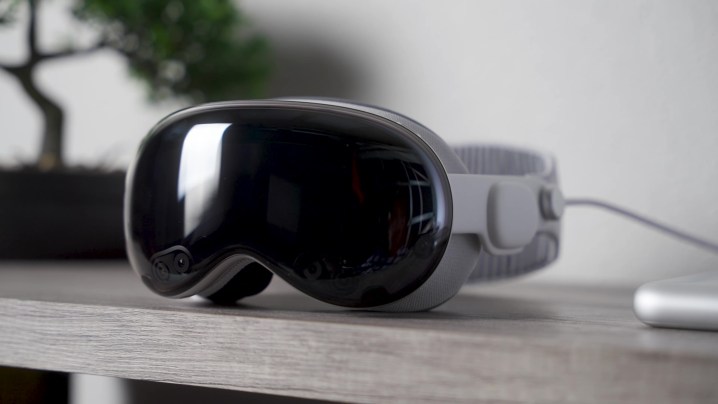 an Apple Vision Pro headset plugged in.Apple Vision Pro headset plugged in (Image: Zeke Jones / MaagX)
an Apple Vision Pro headset plugged in.Apple Vision Pro headset plugged in (Image: Zeke Jones / MaagX)
Trendforce’s report also suggests that the Vision Pro 2 will retain micro-OLED displays, boasting resolutions exceeding 3,000 pixels per inch. However, even for this higher-end model, Apple is exploring alternative suppliers beyond Sony to reduce costs. A more affordable Vision headset has long been anticipated, and this report sheds light on how Apple might achieve a lower price point. The challenge lies in balancing cost reduction with maintaining the features that make the Vision Pro unique.
The Vision Pro’s high price has been a significant hurdle. Rumors suggest both the lower-priced Apple Vision and the next-generation Vision Pro 2 are slated for a 2025 release. The base Vision model may be priced under $2,000, while some reports indicate Apple might lower the price of the original Vision Pro and continue selling it alongside the newer models.
This raises the question of whether these price adjustments will be sufficient to broaden the appeal of Apple’s headsets. With the Meta Quest 3 and Quest 3S dominating the sub-$1,000 market, Apple faces the challenge of demonstrating a significant performance advantage over the $500 Quest 3.
A person wearing a Meta Quest 3 VR headsetMeta Quest 3 Headset in Use
Meanwhile, the mixed-reality headset market is experiencing renewed momentum, with Samsung and Sony at the forefront. Even Microsoft has hinted at a potential return to the market. Both Meta and Google are expanding their mixed-reality ecosystems, opening up Android XR and HorizonOS to brands like Lenovo and Asus. This increasing competition further underscores the need for Apple to strategically position its Vision headsets in the evolving market.



